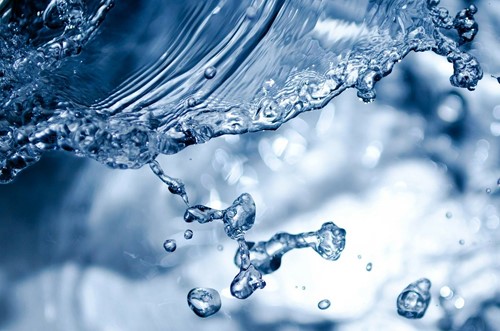
Image by PublicDomainPictures from Pixabay
Water efficiency is good for both the environment and your wallet. Changing habits, such as turning off the tap while brushing your teeth saves about 3,000 gallons a year. This is great, but if you want to take it a step further to conserve water, here are four DIY ways to bring better water efficiency to your bathroom.
Many homes still have outdated bathrooms, including toilets. Even if in good condition, these toilets are definitely not water efficient. Experts suggest they use 4X more water than modern toilets do. Considering toilets account for about 30% of overall household water use, this is substantial. Replacing a toilet is a great way to reduce use. When purchasing a model, be sure to look for the WaterSense label because toilets with this certification use far less water than other models. Low-flow models use about 1.6 gallons as opposed to 4 to 6 gallons—a significant difference.
If you aren’t ready to invest and/or install a new toilet, but want to scale back on your water use, you can upgrade your old one. A few modifications can do the trick.
Every bit of water saved puts money back in your pocket and helps with conservation of this precious natural resource.
Faucets account for over 15% of indoor water use in a household. If you don’t currently have faucets and showerheads with the WaterSense label, consider replacing them. According to the EPA, consumers can reduce water flow by as much as 30% by making this change.
Identifying any leaks in your bathroom can save about 10% on a water bill every month.
Many homeowners can DIY leaks, but keep in mind sometimes attempting to fix pipes or tackle any of the more complicated aspects of plumbing can open up a can of worms and lead to further problems. In these instances, it might be time to call a plumber for inspection and/or to get an estimate.
Homeowners making an effort to conserve water can also potentially improve their resale value if they eventually decide to sell. Many of today’s buyers actively seek out homes containing green or efficient features. Conserving water is a great place to start!

Hello, I’m Jeff Poarch. I have been a realtor since 1990 and carry on the tradition that my parents started in 1971 of providing friendly professional service to anyone buying or selling a home. I have sold waterfront and antique homes as well as starter homes and restaurants. I look forward to working with you on whatever property you have or have in mind.